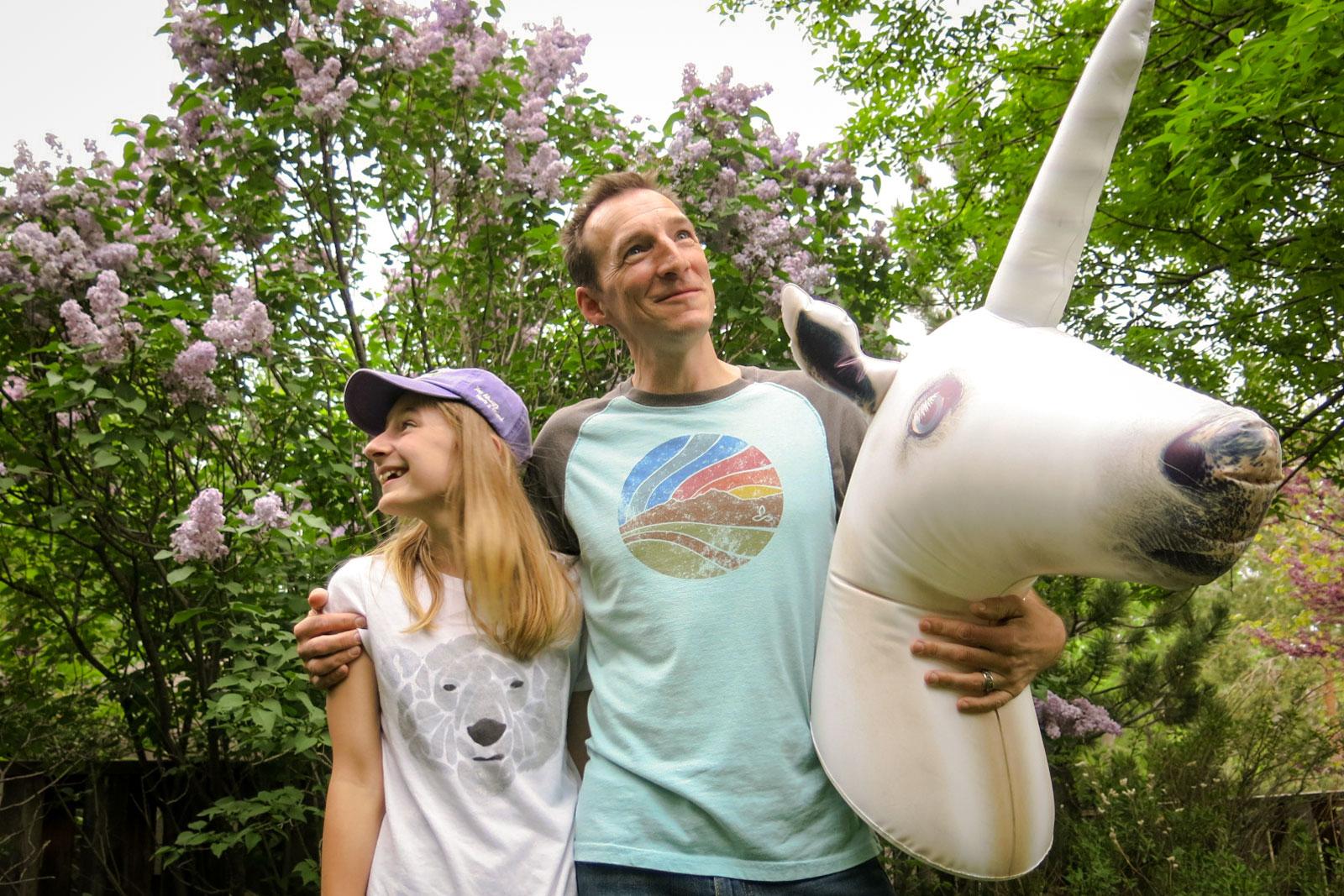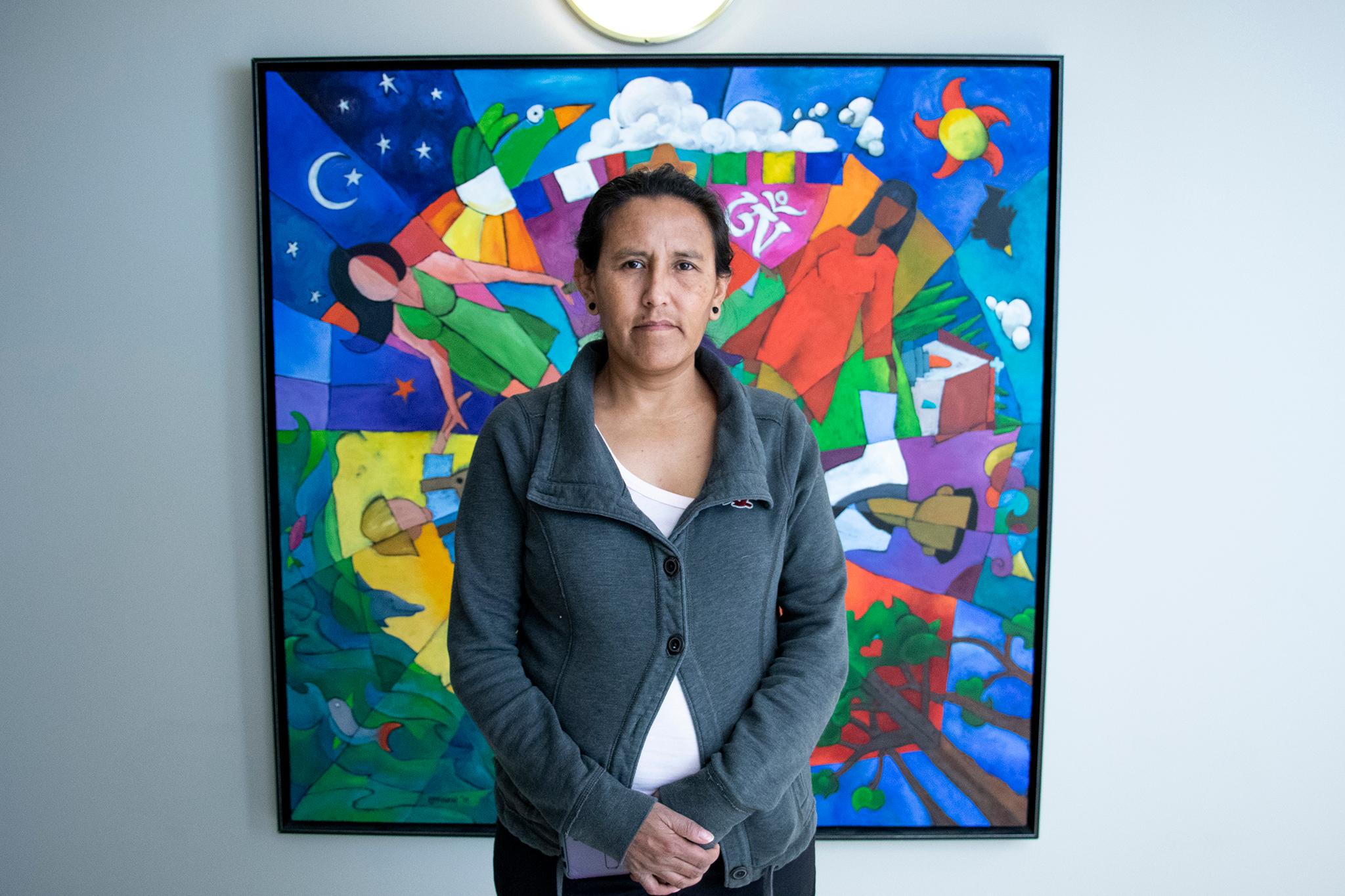

Fort Collins author Todd Mitchell starts every book he writes with a question. His latest middle grade novel, “The Last Panther,” takes place in an apocalyptic world in what used to be Florida.
Two divided human populations deal with climate change and hurricanes that have flooded the coasts, creating swamps. Resources and food are scarce. Thousands of animal species have died off.
The question he wants ask here is “what is a species worth?” Mitchell said. “Then the question became, how far could would you go to protect a species? And how far could a young person go?”
Kiri, Mitchell’s 11-year-old protagonist, discovers a panther long thought to be extinct. The discovery touches off a new wave of conflict where each human group has different goals.
Middle grade fiction is for readers discovering who they are and how they fit into the world. Decades ago, environmental themes used to pit main characters against nature to survive. There were small problems to solve, and the people in the stories weren’t given much power to do it.
Today’s generation has grown up with climate change and developed different sensibilities, Mitchell said. They want to see problem solving and solutions.
“It makes sense that what they’re looking for, and I think what maybe writers are looking for, is stories that then move beyond that apocalypse. And say, ‘How do we take a really difficult situation but also find a way to turn it into something good,’” Mitchell said.
In this new wave of environmental fiction for young readers, authors aren’t investing a lot of time and energy in creating villains. Instead, there’s simply a web of complicated problems where decision making involves weighing trade-offs.

Take the forthcoming book “Tree of Dreams“ by Fort Collins author Laura Resau. Her main character Coco starts out the book worried about her mom’s failing chocolate shop. She ends up getting a chance to visit the Amazon rainforest, and sees environmental problems experienced by the indigenous people who live there.
“There aren’t necessarily good guys and bad guys. Everyone’s working for their own interests,” said Resau. “But the way to solve problems is to use empathy and compassion and to try to make human connections.”
The characters in her book feature humans, animals and a magical tree that talks.
“The tree in my story is part of a much bigger picture,” Resau said. “It takes the animals and plants and people working together to protect the forest ultimately.”
Middle grade author Eliot Schrefer elevates animals even further in his latest book “The Lost Rainforest: Mez’s Magic“. The fantasy novel features only animal characters. Together they try to save their forest from a threatening force.
Schrefer describes his goal in writing environmental fiction for kids as “making them fall in love with the environment and animals in that world.”
One common way for authors to bridge fiction with reality is an Author’s Note at the end. It’s a tool writers like Schrefer, Resau and Mitchell use to connect the reader with real world problems that serve as the foundation for their story.
Schrefer explains it gives kids “the tools at the end to see where that world may be suffering in our everyday existence.”
Todd Mitchell’s Author’s Note in “The Last Panther” reminds his readers that half of all plant and animal species could be extinct by the end of this century.
It’s a dark note. But Mitchell says it’s balanced with hope from story character Kiri. She finds a compromise that helps revive the panther species, and brings the two human populations closer together than they’ve ever been.
“As I followed Kiri through this story, she changes her father… she changes the community and she changes herself. And I think it makes a lasting difference,” said Mitchell, who tested many of his chapters with his then 10-year-old daughter Addison.
“I wanted a story about agency and how even the youngest of us can create lasting positive change,” said Mitchell. “And I was kind of surprised by how possible that is.”









